TRU 2 : Optimal and falt tolerant electromechanical and static conversion chains

Design high performance actuators (in terms of energy efficiency, power density, cost, etc.) in the context of the energy transition. Mainly focused on energy production from renewable energies and on transport, the research work will have to be innovative both in terms of the design of electrical machines and converters and in the design approach.
Today, the scientific and societal challenges in the field of electrical machine design are largely focused on the production of electricity from renewable energy sources and on transport. For these sectors with strong growth potential, sizing and optimisation tools now make it possible to design electrical machines with their environment and constraints (gearbox or speed multiplier, power supply converter) while maintaining control of the physical quantities of the machine (magneto and electrothermal coupling, mechanics, transient phenomena, etc.).
The work carried out by the IREENA laboratory over the last few years has made it possible to meet this demand in part. Designed from the outset to be scalable, the approach to the design of electrical machines proposed by the IREENA laboratory, because it allows the resolution of problems that are not dealt with in the literature (e.g. co-design on a cycle with thermal transient management), is one of the hallmarks of the laboratory.
Ensuring the control of energy conversion in all circumstances is also a key issue. This control, which requires fine modelling of the phenomena and the implementation of adequate control strategies, can be studied at the end of the design and sizing phases, or integrated into the design phase.
These issues are naturally common to TRU 1 and 2:
Today, the scientific and societal challenges in the field of electrical machine design are largely focused on the production of electricity from renewable energy sources and on transport. For these sectors with strong growth potential, sizing and optimisation tools now make it possible to design electrical machines with their environment and constraints (gearbox or speed multiplier, power supply converter) while maintaining control of the physical quantities of the machine (magneto and electrothermal coupling, mechanics, transient phenomena, etc.).
The work carried out by the IREENA laboratory over the last few years has made it possible to meet this demand in part. Designed from the outset to be scalable, the approach to the design of electrical machines proposed by the IREENA laboratory, because it allows the resolution of problems that are not dealt with in the literature (e.g. co-design on a cycle with thermal transient management), is one of the hallmarks of the laboratory.
Ensuring the control of energy conversion in all circumstances is also a key issue. This control, which requires fine modelling of the phenomena and the implementation of adequate control strategies, can be studied at the end of the design and sizing phases, or integrated into the design phase.
These issues are naturally common to TRU 1 and 2:
- Co-design on cycle of the Machine/Inverter associations under strong constraints (TRU 1 and 2).
- Whether it is a question of electricity production from renewable energies or transport, electrical machines must be designed on a cycle in order to maximise energy efficiency (average losses over the entire cycle) while controlling all the constraints at each operating point.
- Design of non-conventional electrical machines (harmonically coupled MS, polyphase MS, DSPM, etc.) (TRU 1 and 2)
- Control and continuity of service of energy conversion (TRU 2).
- Energy conversion must meet fairly stringent quality standards (THD, PF, etc.). This requires investigating redundant and/or robust conversion structures (polyphase machines, power electronics structures, etc.) and proposing control strategies that adapt to all operating modes (healthy and in the presence of a fault).
Head of TRU 2
Updated on 06 April 2023.
